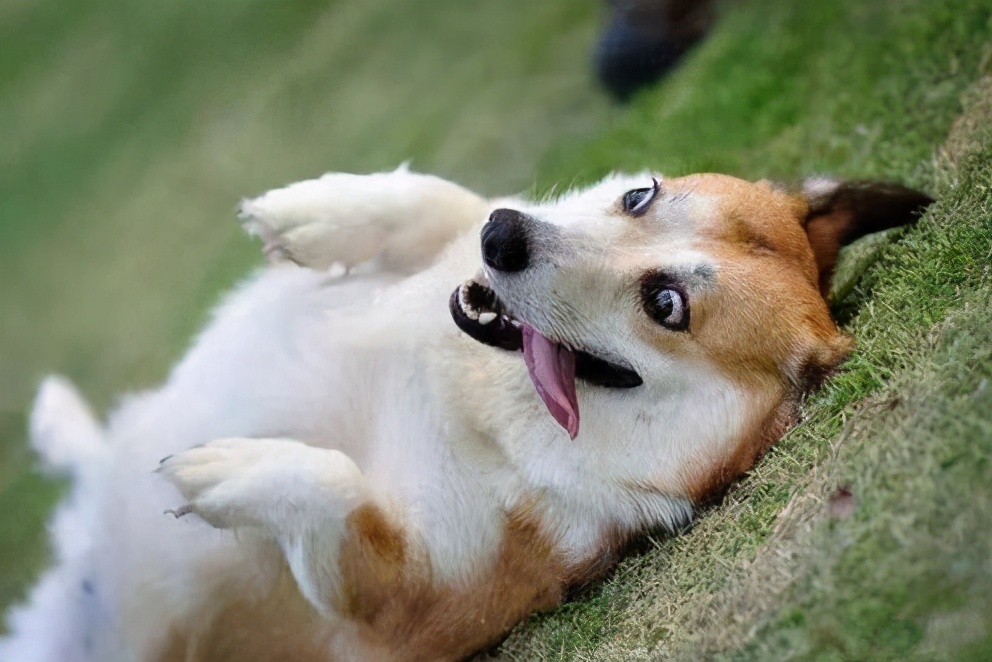How to Train Your Dog to Play Dead

Training your dog to play dead is not only a fun trick to teach your furry friend, but it also helps to enhance the bond and communication between you and your dog. Below are detailed steps and tips to help you easily teach your dog this amusing skill.
I. Preparations Before Training
- Choose the Right Training Area: Find a quiet place with minimal distractions, such as your living room or bedroom.
- Prepare Rewards: Get some of your dog’s favorite small treats, like beef jerky or dog biscuits, to use as rewards during training.
- Select the Right Tools: You can use a clicker to mark the moment your dog performs the correct action, or simply use verbal praise.
II. Training Steps
Step 1: Teach Your Dog to Lie Down
- Guide the Movement: Have your dog sit, then slowly lower a treat in front of its nose to guide it into a lying position.
- Reward and Command: As soon as your dog lies down, immediately give a reward and reinforce the action with a command like “Lie down.”
- Notes: If your dog is not familiar with the “Lie down” command, practice this step repeatedly until it can do it smoothly.
Step 2: Guide Your Dog to Roll Over
- Guide the Movement: Once your dog is lying down, hold a treat near its nose and slowly move the treat to one side.
- Reward and Command: Your dog will naturally follow the treat and roll over onto its side. As soon as it does, give a reward and mark the action with a command like “Play dead.”
- Notes: If your dog is reluctant to roll over, try training on a soft cushion or gently guide its body with your hand.
Step 3: Introduce the Verbal Command
- Command Introduction: After your dog can smoothly roll over, start introducing a verbal command, such as “Play dead” or “Bang.”
- Repeat Practice: Before guiding it to roll over, give the verbal command first, then use the treat to guide it into position. Repeat this process several times until your dog associates the command with the action.
Step 4: Extend the Duration
- Delayed Reward: Once your dog can roll over on command, start extending the time it holds the position. Begin with a delay of 1–2 seconds before rewarding, and gradually increase to 5 seconds.
- Reinforce Command: During this time, use a command like “Stay” to reinforce the idea of holding the position.
Step 5: Practice with Distractions
- Add Distractions: After mastering the basic training at home, gradually introduce distractions, such as minor noises or toys.
- Change Scenarios: Take your dog to different places for practice, like the living room, balcony, or a quiet park. This helps your dog follow the command in various environments.

III. Tips for Training
- Be Patient: Every dog learns at a different pace, so don’t get frustrated if your dog doesn’t get it right away.
- Positive Reinforcement: Reward your dog immediately for correct actions and ignore mistakes. Avoid punishment.
- Break It Down: Divide the action into smaller steps and guide your dog through each one.
- Random Rewards: In the later stages of training, use intermittent rewards to keep your dog engaged.
IV. Common Issues and Solutions
- Dog Won’t Roll Over: If your dog is reluctant to roll over, try training on a soft cushion or gently guide its body with your hand.
- Dog Gets Up Too Early: If your dog gets up before the time is up, shorten the duration and gradually increase it.